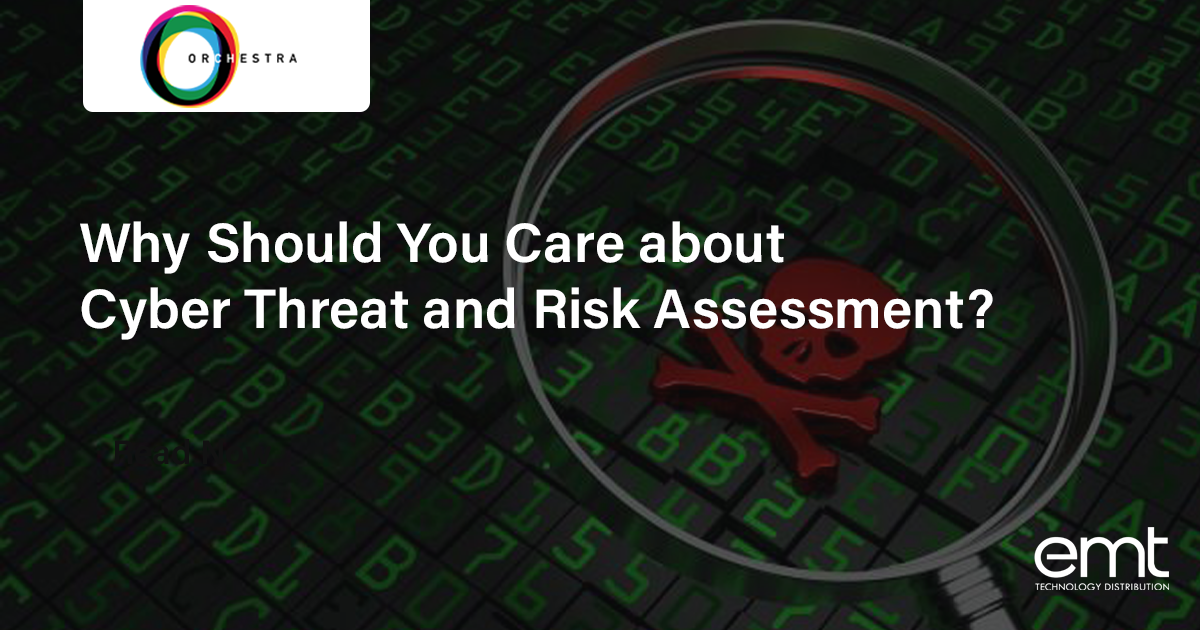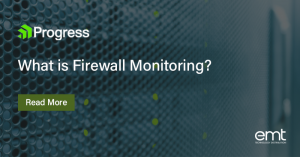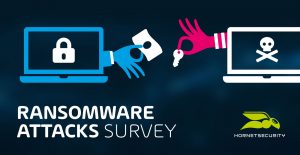Cyber risks are evolving fast and organizations need to deal with them in more efficient ways. This requires an all-inclusive and agile approach to identifying threats and then eliminating or mitigating them. Orchestra Group’s Harmony IoT and Harmony Purple enable comprehensive cyber risk assessment and management for all sizes of enterprises. Harmony IoT provides outside-in visibility, assessment and mitigation of airspace cyber risk, while Harmony Purple provide inside out visibility and risk assessment of connected assets.
Vulnerabilities continue to be key vector for cyber attacks, and risk based vulnerability assessment is a critical component in protecting against attacks. These need to be incorporated into a continuous improvement cycle. One-off penetration testing may provide compliance – but won’t provide true cyber security. If you are ready to move to continuously improving your cyber posture, Orchestra can be your partner in that journey.
Harmony IoT keeps your smart devices safe from airspace attacks by providing visibility and protection in a critical blind spot, your airspace. Orchestra provides enterprise-grade visibility and defense for your on-premise wireless devices and also enables unique mitigation capabilities for those attacks.
Harmony Purple is an exclusive combination of Red Team and Blue Team automation. Orchestra pairs these two approaches into an automated purple team that works together to implement highly effective security strategies and keep your systems protected.
What is threat assessment?
Threat assessment is a multifaceted term that means analyzing the whole security ecosystem of an organization in order to locate threats to security. The identification of these threats is aimed at removing them or employing strategies to abate their hazard (aka threat mitigation).
Efficient threat assessment makes you aware of the lurking dangers to your network and systems. Once the security gaps and vulnerabilities enabling threats have been found, the next step is neutralizing or eliminating them before they are exploited at the hands of some cyber attacker.
Cyber attacks are becoming more and more sophisticated as attackers continuously refine their tactics in response to defensive measures taken by the prospective victims. This cat-and-mouse game only increases the need to stay vigilantly aware of your system’s hidden vulnerabilities and fill security gaps in time.
What are the possible threats?
A cyber threat can be any entity that tends to exploit a security vulnerability – to steal or destroy the information or data, or have unauthorized access to a computer, network, or any other digital asset. Data theft is not the only threat. Cyber criminals also target business processes – by interfering with standard business process a cyber criminal can cost companies millions. One popular tactic used by hackers is malware, which can be a virus or software particularly designed to disable or damage the computer and network systems.
Types of malware:
- Virus: A computer virus works in a similar way to a biological virus. It replicates itself without the host’s/user’s permission or knowledge and enters its own code/information into the program. Such a virus is usually attached or hidden in some file. The virus becomes activated when the file is opened and it then starts infecting the systems.
- Worm: Just like a virus, a worm also replicates itself in a computer system. What differentiates the worm from a virus is that it works alone, it does not need to be attached to a file and opened in order to spread. A worm is designed to exploit the vulnerabilities of a system and uses network connections to enter into other systems and infect these systems by leveraging their vulnerabilities. This “lateral movement” can be automatic or guided by external command and control.
- Ransomware: Ransomware is not a specific attack method, but rather an attempt use an attack to extort money from a cyber It uses standard attack vectors to steal or lock data, or disrupt a business process. The victim is blackmailed in order to receive a key to unlock the data, keep it from being made public or restore service. Recovery is not guaranteed even if the victim pays the ransom. Moreover, if organizations don’t have the proper defensive mechanism ready to deal with such scenarios, they might be compelled to give in to the attackers’ demands which serves to make them more brazen in the future.
- Cryptomining Malware: Cryptomining malware acts like a parasite that infects a computer system. It sucks the processing power from company computers using it to mine for cryptocurrency instead. Such a cyber threat is usually generated by crypto miners to mine more transactions faster; it allows them to convert a couple of extra bucks into a major payout. Victims experience slow systems or systems crash.
Just like the Covid-19 virus it is better to protect against these attacks (vaccinate) rather than try and fix the problems after the attack has occurred. This is what we call a proactive, left-of-bang approach to cyber security – and the one we advocate at Orchestra.
How to Detect Known & Unknown Threats?
Businesses and organizations will always have vulnerabilities and security weaknesses in their network systems and IT infrastructure no matter how good they are at defense. These hidden threats will lead to attacks sooner or later. This calls for developing policies and operations to detect the threats and mitigate them – aka “cyber hygiene”. Just like human hygiene (wearing a mask or washing your hands) lowers the risk of contracting Corona, cyber hygiene lowers the risk of a breach, and minimizes the damage from a successful breach.
An ideal security program should prevent threats by understanding the cyber risks relevant to their assets so the IT team can mitigate them quickly before the attackers become aware and unleash an attack exploiting these vulnerabilities. A system must be efficient enough to stop the known and unknown threats.
Different types of threat detection software are used to pinpoint the threats:
Threat Intelligence
Threat intelligence uses data collected from previous attacks to uncover risk. There are many open sources for threat intelligence, but they are very technical. By analyzing and abstracting this knowledge Orchestra has created a unique, actionable database of “indicators of risk” that provide a map into an organization’s vulnerabilities and how to mitigate them.
User and Attacker Behavior
User behavior analytics makes you aware of normal activity. Knowing these analytics, an unusual pattern is identified and a can be used to confirm if it’s a potential intruder. This way a possible attack can be prevented even before it has launched. Harmony IoT continuously monitors your airspace to find behaviors that indicate a risk of attack, and can also move to mitigate them. Harmony Purple uses reasoning (a form of AI) to deduce how attackers can exploit vulnerabilities and weaknesses to attack your company assets.
Intruder Traps
An advanced technique used by security teams is to set a trap hoping that the attacker would try to take the bait. When the attacker tries to access the trap it triggers an alarm and can be used to augment threat intelligence to change the risk profile of certain assets, or the organization as a whole.
Orchestra AI Threat and Risk Assessment
Threat and risk assessments hunting are a proactive red team approach for protection and mitigation. These assessments locate threats and risks that have not yet been mitigated – this is called residual risk (the risk that remains after controls are in place). This saves you from the misery of dealing with the sudden occurrence of a breach. Harmony Purple by Orchestra Group is exactly this type of automated red team, as well as a blue team that provides a mitigation roadmap.
Effective threat detection isn’t possible using standard technology. It requires human intelligence (or its equivalence) to find new ways to analyze dispersed and unorganized data. Orchestra’s reasoning based approach to cyber detection uses state of the art AI to mimic how an experienced purple team would approach organizational cyber risk assessment, management and operations.
Source : https://orchestragroup.com/uncategorized/why-should-you-care-about-cyber-threat-and-risk-assessment/








